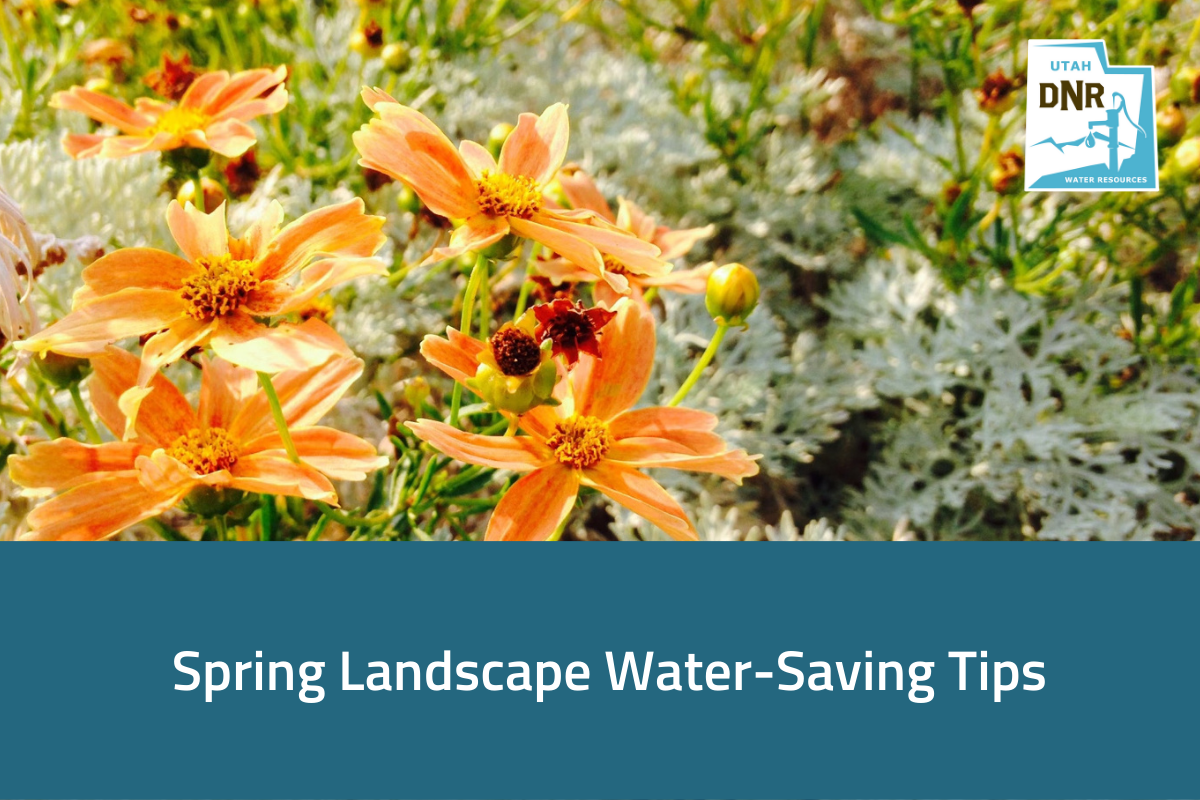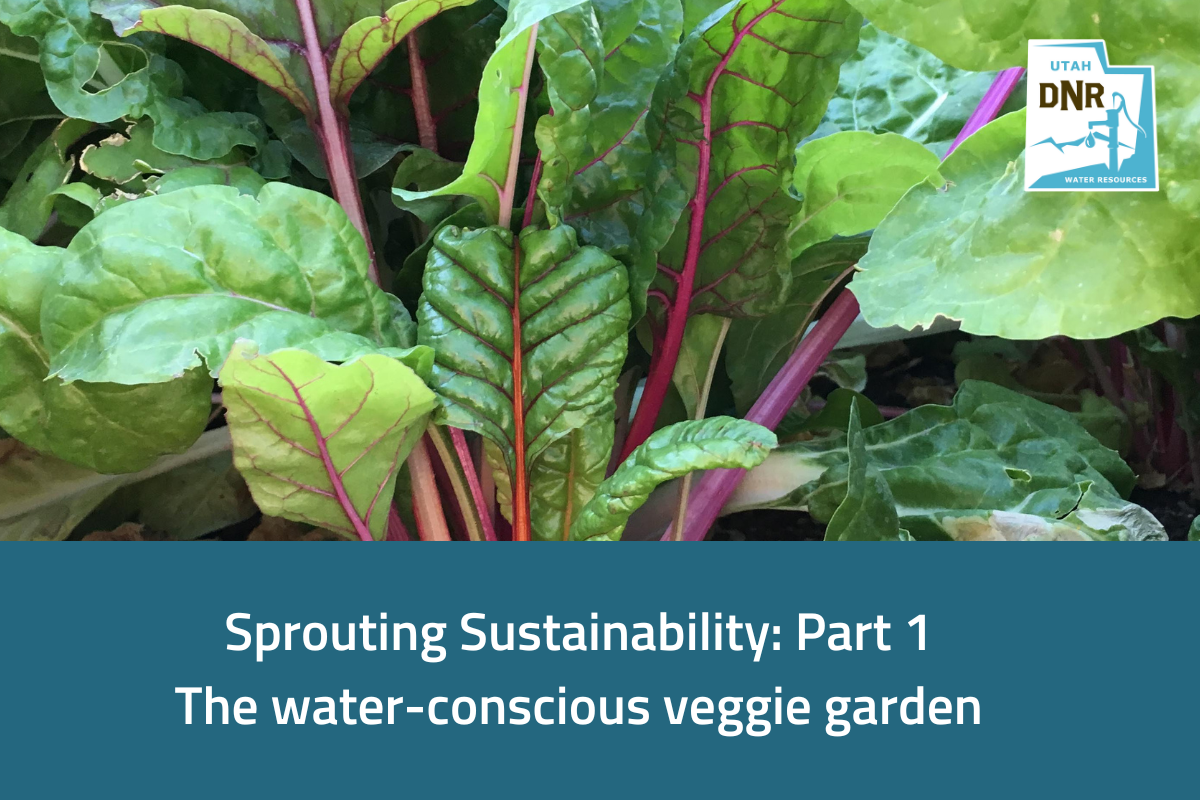(April 25, 2024)
Spring weather is here, and the gardening season is beginning. Residentially, most of our water is used on the landscape. However, there are a few tricks to help reduce water waste without compromising the aesthetic value of your garden.
1: Add and incorporate compost into the first six inches of soil. Compost is typically the best soil amendment for gardens. It can increase infiltration, reduce bulk, and improve nutrient and water availability.
2: Reseed dead turfgrass areas with more drought-tolerant varieties. Drought-tolerant varieties use 30% less water. Look for the Turfgrass Water Conservation Alliance (TWCA) label when purchasing seed or ask the supplier if they have TWCA-certified sod.
3: Follow fertilizer recommendations. Over-fertilization can burn and stress plants and cause sudden plant growth without establishing a proper root system. These issues require additional water to resolve.
4: Plant perennials instead of annuals. Perennials typically have extensive roots and require less water throughout the growing season. They can also help prevent erosion and improve soils. Find plants for your area here.
5: Wait to water. Most Utah lawns don’t need supplemental water until Mother’s Day. Waiting to water can help lawn roots grow deeper, increasing their resilience to heat and drought. Check out our Weekly Lawn Watering Guide to find out how often and when to start watering.
6: Request or perform a water check. Water checks are a free service offered in many parts of the state that assess residential irrigation systems. A water check informs property owners how to improve their irrigation system and how long and often to run it. Water checks can be performed by a
A) technician by scheduling an appointment or
B) property owner by following the DIY instructions from USU Extension.
7: Convert to drip. Plants uptake water through their roots, not their leaves. Delivering water directly to the soil minimizes evaporation and water loss because the plant can more readily absorb it. Switching the sprinklers in your planting beds to drip irrigation can dramatically cut down on water loss.
8: Add mulch to planting beds. A layer of organic or inorganic mulch three to four inches deep can help reduce weed growth and water loss. Both rock materials and organic matter make great mulches, but each has its own benefits and challenges. Organic mulches can help improve soil quality, but they need to be replenished every year. On the other hand, rocks don’t need to be replenished as often, but they do increase ambient temperatures.
Although we’ve had a couple of great winters, it’s important to take small steps each year to become more drought resilient and water efficient. We’re grateful for our snowpack and for the efforts Utahns have taken to ensure our water sources!




